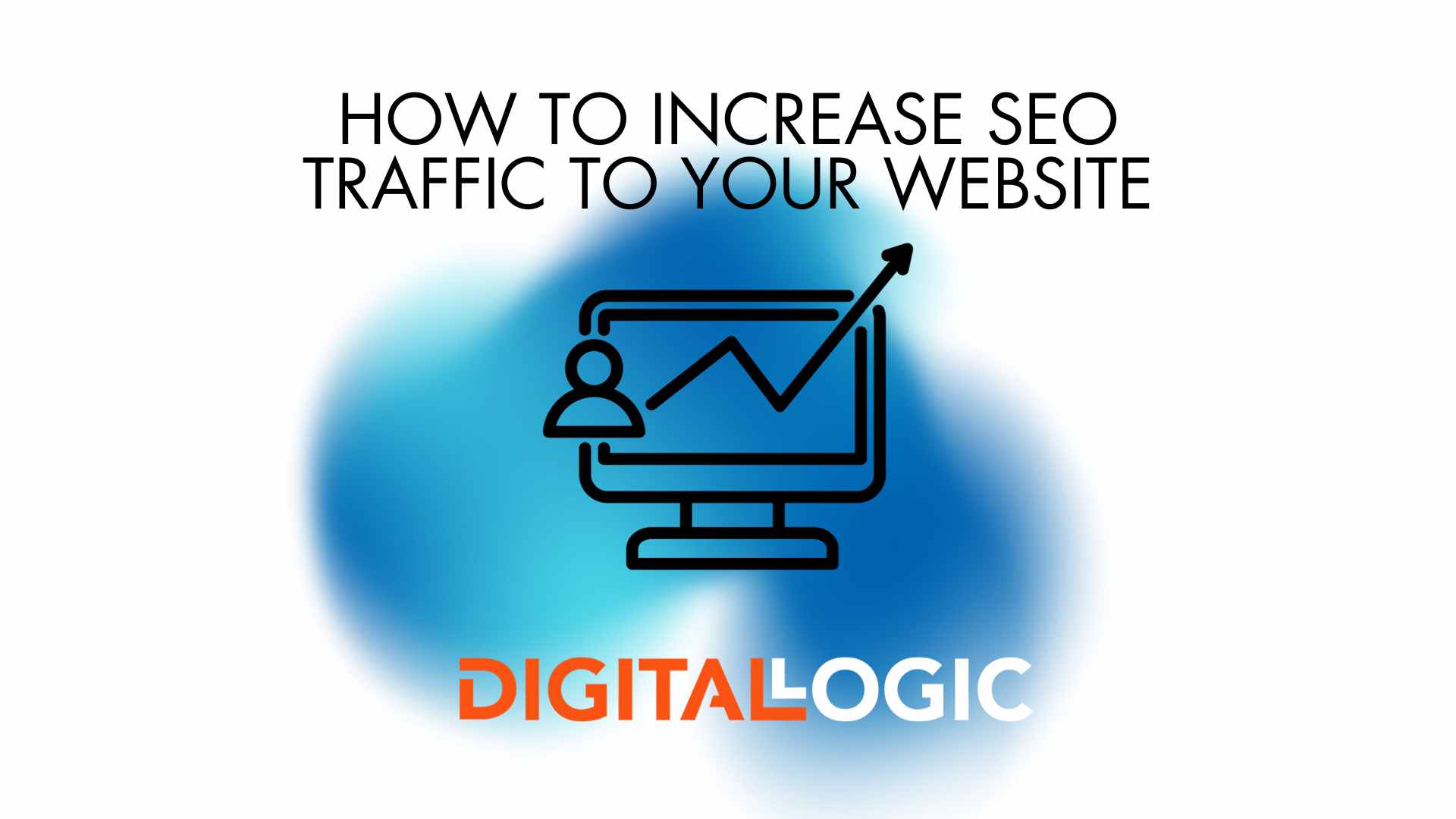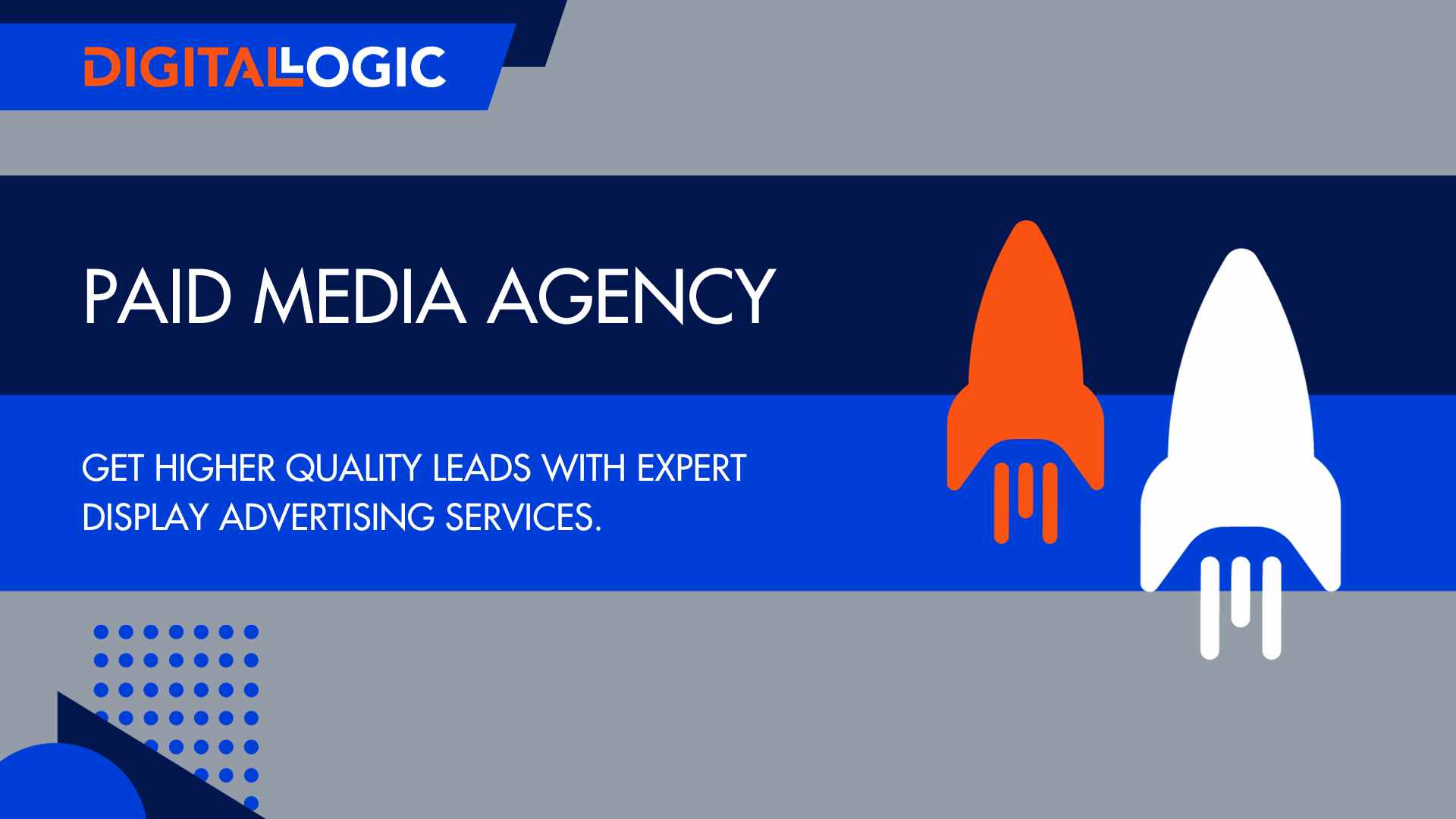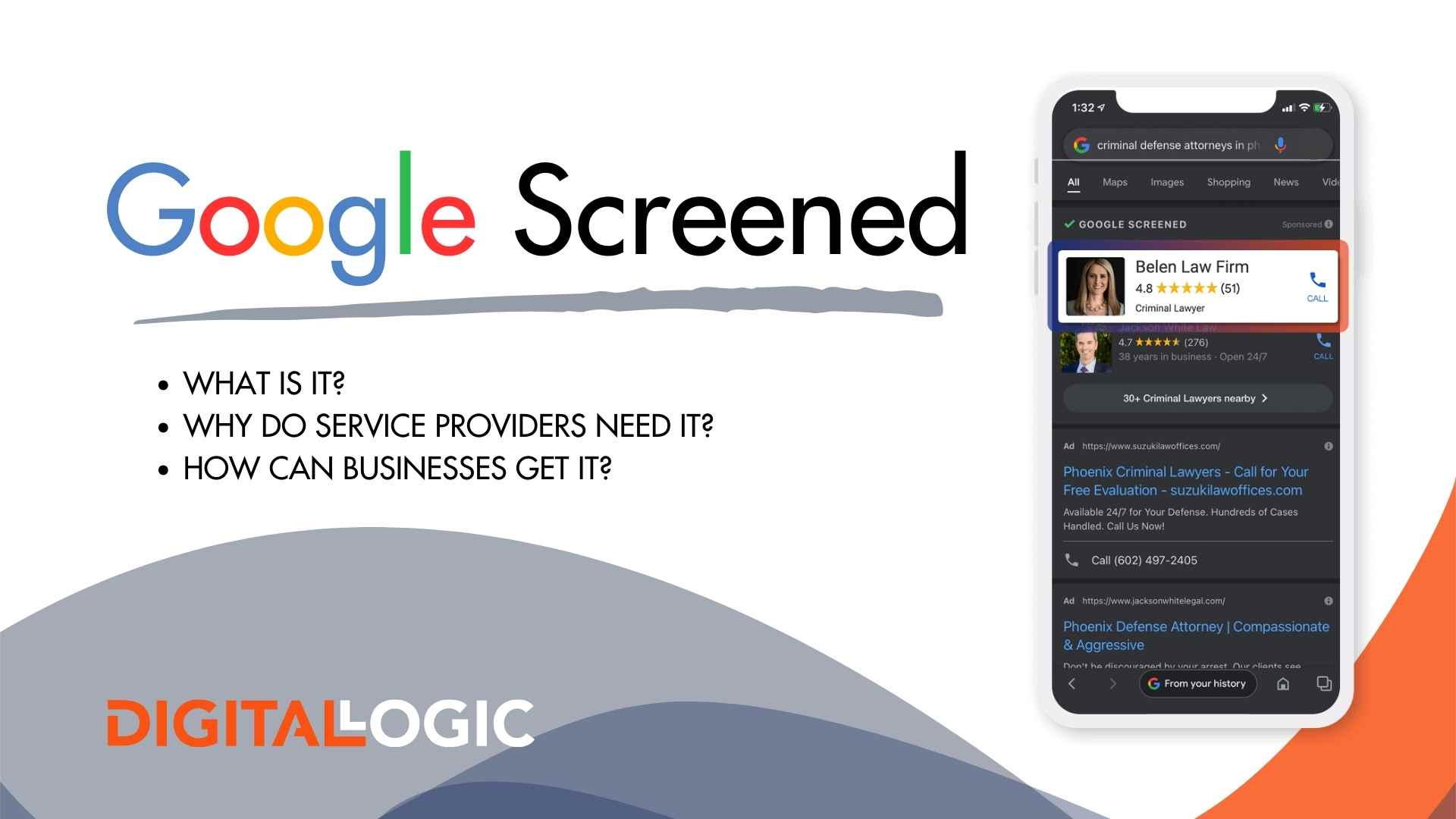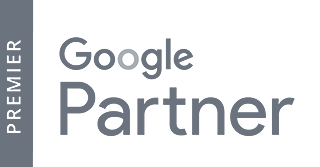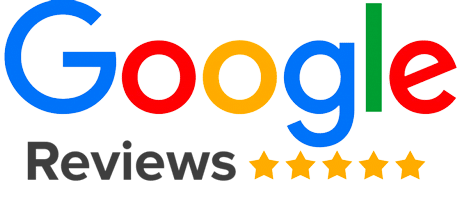If you want to have a successful business, you have to go where the people are. And all the people are on Google and social media, trying to find answers and solutions to their problems. Your business, product, or service can probably solve millions of people’s problems, but they’re not finding you easily. Why?
Because your SEO traffic probably isn’t looking too hot – making you show up on the 10th page of Google search results.
Now, you’re probably realizing that you have a problem that needs to be solved.
You need to boost your SEO traffic and fast to make sales.
But how?
Below, our digital marketing experts break down the best SEO tactics that are proven to boost your rankings on Google.
For more information on how to create an effective SEO strategy, contact Digital Logic to speak to a specialist.
What Is Search Engine Optimization?
Table of Contents
ToggleSearch engine optimization (SEO) is the process of creating and distributing content in a way that Google or other search engines are better able to understand it. This causes the website to appear near the top of search engine results pages (SERPs) with the goal of increasing website traffic. SEO strategies typically target unpaid traffic (or organic traffic).
In simpler terms, if you want more people looking at your website (and more people buying your product or service), you must be one of the first to appear on local Google SERPs.
SEO traffic doesn’t just come from Google search engine result pages. There are multiple other search engines as well, such as Yahoo, Bing, and AOL. But Google is definitely the largest and most used search engine out of these.
Additionally, SEO traffic can come from social media, email campaigns, and even online advertisements.
Why Is SEO Traffic Important?
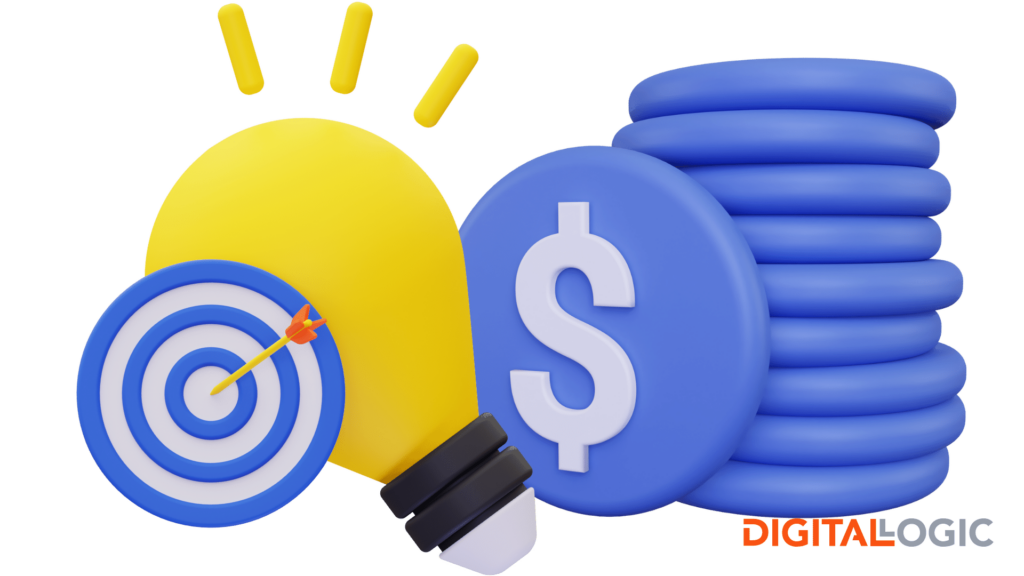
SEO traffic is important because, without it, your business will likely struggle.
Google processes billions of user searches per day. Chances are, at least one of these searches is related to your business, product, or service.
You want to ensure you appear on the first page of relevant organic search results (at least). If you appear on the 10th page of Google search results, consider yourself invisible to your target audience. In this case, you’re essentially losing money and customers.
How Does SEO Generate Traffic From Search Engines?
Search engine optimization generates organic traffic in three main ways: on-page SEO, off-page SEO, and technical SEO.
On-Page SEO
On-page SEO is the process of improving and optimizing an entire website for the sake of Google search engine rankings. Examples of on-page SEO efforts often involve link building, keyword research, title tags, content marketing, meta descriptions, internal linking, and good web development.
Off-Page SEO
Meanwhile, off-page SEO involves any actions taken off of a website in order to work with the Google algorithm and improve overall search engine rankings. Examples of off-page SEO include external linking (AKA: backlinks), social media posts, and customer reviews.
Technical SEO
How to Calculate SEO Traffic

Calculating your exact SEO traffic is complicated and confusing without the help of a digital marketing agency like Digital Logic. We can see how much traffic you have through tools like the Google Analytics dashboard and Ahrefs.
Good vs. Bad SEO Traffic
If you’re new to the world of search engine optimization, you may be wondering: what is considered good SEO traffic, and what’s considered bad?
What is Good SEO Traffic?
The truth is that SEO performance and traffic is strictly individual. In other words, there is no “good” or “bad” SEO traffic number. It all depends on your industry, your marketing goals, and how much search volume your targeted keywords and topics have.
In general, good SEO traffic is traffic that continues to increase as you continually optimize your entire site. Good SEO traffic is also traffic that meets (or preferably exceeds) your competitors who are in the same industry and market and who are using the same target keywords.
What is Bad SEO Traffic?
Again, there is no specific figure that represents “bad” SEO traffic. But, bad SEO traffic on an individual basis can mean traffic that stagnates, decreases, and overall doesn’t meet your marketing goals.
Digital Logic’s Method to Mastering SEO Success
Good SEO performance that improves a site’s ranking factor is basically a science. Here at Digital Logic, we have mastered that science, thereby helping our clients build booming businesses.
Here’s how we do it.
Keyword Research

The first step to a successful SEO strategy is on-page SEO, which we explained previously.
One of the most important parts of on-page SEO is keyword strategy. This means you have to identify keywords relating to your business that your target audience is searching for on Google.
One way to do this is by typing in relevant keywords in Google and seeing what else pops up under it in the suggestions.
Another way to do this is through a tool like Ahrefs, which shows you target keywords related to your industry as well as keyword difficulty, keyword rankings, and organic traffic potential. Ideally, you want to create a list of relevant keywords that aren’t too difficult to rank for and have good traffic potential.
SEO and SEM experts at Digital Logic can help you do this.
Create High-Quality Content
The next step in a successful SEO strategy is content marketing. Basically, you want to make sure that all web pages and blogs on your website are informative, useful, easy to read, and fully optimized using your list of keywords. This means that every single web page and blog post includes your relevant keywords, so that when your target audience Googles one of these keywords, your relevant content will hopefully show up on their search engine results.
We’ll use an example.
Let’s say you’re a chiropractor in Denver, Colorado. The most important keywords to use in your web pages will probably include:
- Denver Chiropractor
- Denver, CO Chiropractor
- Chiropractor in Denver
- Denver Chiropractic Clinic
- Denver Spinal Manipulation
The list goes on.
For blogs, though, you will need to compile a list of long-tail keywords, which are keywords that are usually longer than 3 to 5 words and that are used to target a niche demographic. You can usually write an entire blog post about each long-tail keyword. In the chiropractic world, long-tail keywords may look like this:
- Does Spinal Manipulation Help Back Pain?
- How to Fix a Crick in the Neck
- What is Tech Neck?
- What is Myofascial Release?
All of these topics are likely being Googled within your local area. If you have a fully optimized blog post for each of these topics, you can increase your organic traffic and potentially even get new chiropractic patients.
Match Search Intent
Something important to consider when creating high-quality content for your website is whether or not the content matches your audience’s search intent.
There are four main types of search intent: informational, commercial, transactional, and navigational.
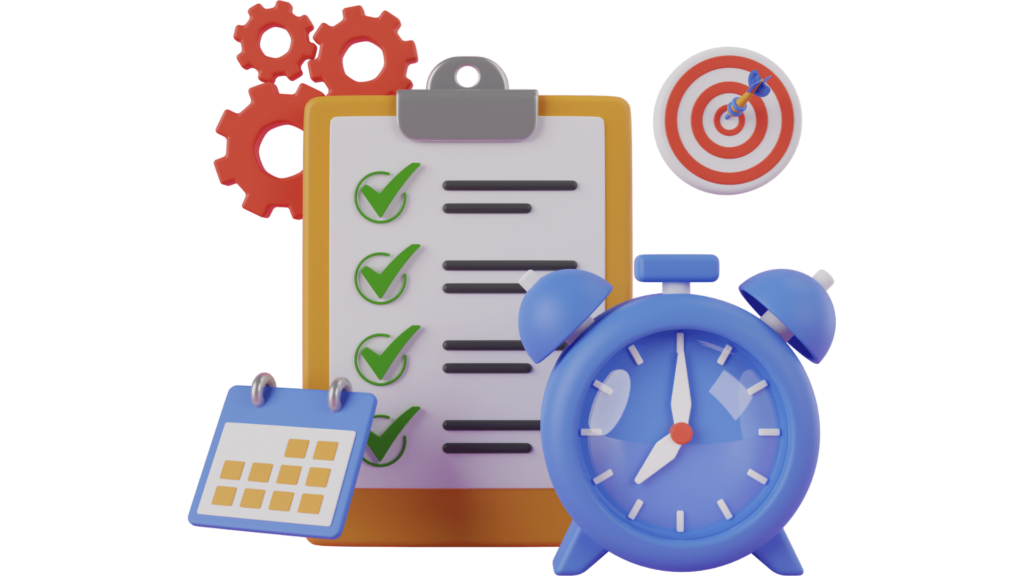
Informational Intent
Informational search intent is when someone is Googling for information. They may be Googling questions like “Does Spinal Manipulation Help Back Pain?” Or they may be Googling how-to statements like “How to Fix a Crick in the Neck.”
These types of searchers are specifically looking for basic solutions for their basic problems. If you have solutions for these basic problems on your site (preferably in the form of a blog post), then these searchers are likely to visit your website, remember you, and potentially come back to you for their bigger problems.
Commercial Intent
Commercial search intent is when someone is Googling something they are thinking about spending money on. For example, someone may Google: “Top SEO Agency” or “Denver Chiropractor.”
Transactional Intent
Transactional search intent is when someone is Googling something they want to buy immediately. Examples of transactional search queries include “Pizza in Shreveport, LA” or “Stanley Cup.”
Navigational Intent
Finally, navigational search intent is when someone is Googling a specific website. Examples of navigational search queries include: “Digital Logic” and “Kiopi.”
Competitive Analysis
After you discover what your target audience’s main search intent is, you need to match it.
The best way to do this is through an SEO competitor analysis.
Additionally, you want to make sure that your website has all the information that your target audience is searching for and more. Your website needs to be the “one-stop shop” for everything your potential client needs, so they don’t turn to your competitors. To do this, simply think like you are your target audience.
Ask yourself:
- What problems does my target audience have, and what problems might they have?
- What are the best and easiest solutions to these problems?
- What other information would my target audience find useful in order to handle their problem?
Next, you need to work on making your site and your content better than the competition in your area. This doesn’t mean you need to make all your content longer, you just need to make it better. Most people with a problem don’t want to read 5,000 words to find the solution. They probably want to find it in 1,500 words or less.
Additionally, the Google algorithm doesn’t necessarily prefer the longest blog posts or pages. Instead, it prefers the content that has the most relevant information and matches the users search intent.
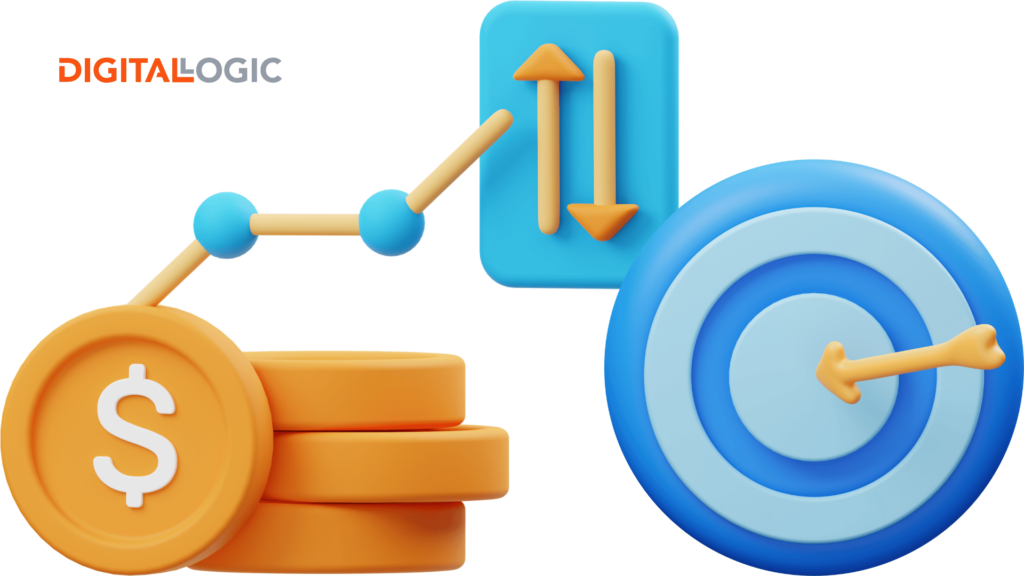
On-Site Optimization
The next important part of creating a successful SEO strategy is on-site optimization (or on-page SEO). You want to ensure everything on your site looks good, sounds good, and functions well. You must also ensure that each page and blog has several internal links.
Additionally, you want to ensure that each page and blog on your site has a good meta description with relevant keywords.
Meta descriptions are featured snippets of the content people see under their Google search results. It gives them an idea of what the page or blog is about before they click on it. Creating meta descriptions is necessary for uploading content to your site.
Backlink Strategy
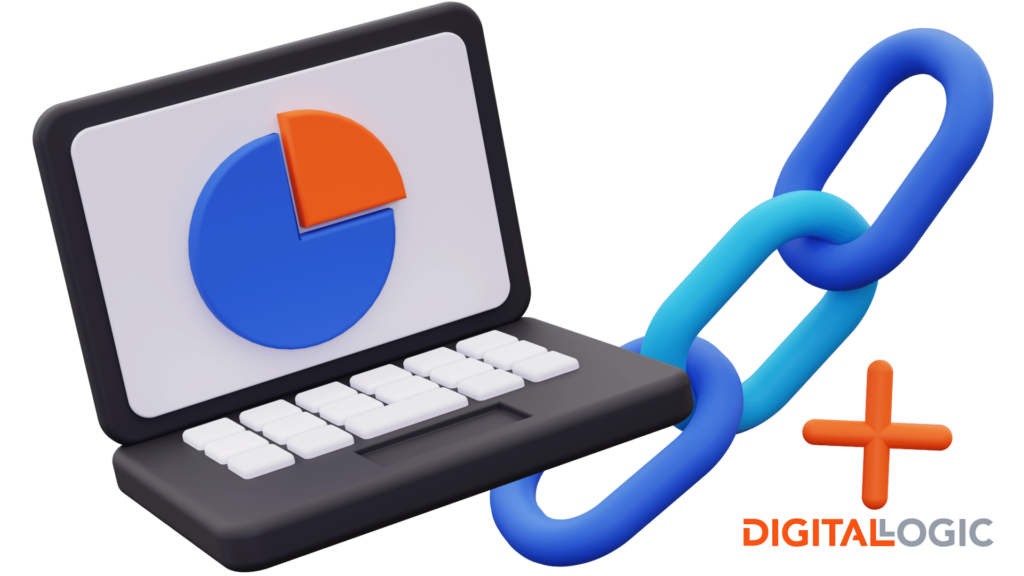
The next step in boosting your SEO traffic is creating the best Link building strategy using both internal and external links.
Internal links are links on your website that point to your other pages and blogs. Meanwhile, external links (or backlinks) are links from other authoritative websites that point back to your website.
The more authoritative backlinks you have, the more that search engines like Google will raise your organic search traffic rankings over time.
When Will My SEO Strategy Get My Business More Organic Traffic?
There are some SEO agencies out there that claim that they can get you insane results in only a few weeks or a few months. This is merely a scammy sales tactic because all other legitimate SEO agencies know that off-the-charts SEO traffic in only a few weeks is nearly impossible.
The road to good search marketing results is a long and tedious one.
When you work with a top SEO agency like Digital Logic, you can expect to see progress with your organic search traffic within 3 to 6 months.
Between the 1-to-2-year time frame, you can expect to hit your marketing goals and have a booming business.
We offer several monthly SEO packages, but all of our SEO campaigns are completely customized to the client.
Work With a Top SEO Agency
Digital Logic is a full-service digital marketing agency based in Shreveport, Louisiana. Our experienced team of SEO experts knows how to analyze Google analytics, perform keyword research, create profitable Google ads – and most importantly – turn leads into sales for all of our clients. We can do the same for you, no matter your specific industry. Allow us to do all the work so you can reap the benefits of your booming business.
Not convinced yet? Take a look at our case studies and then get your free SEO audit.
